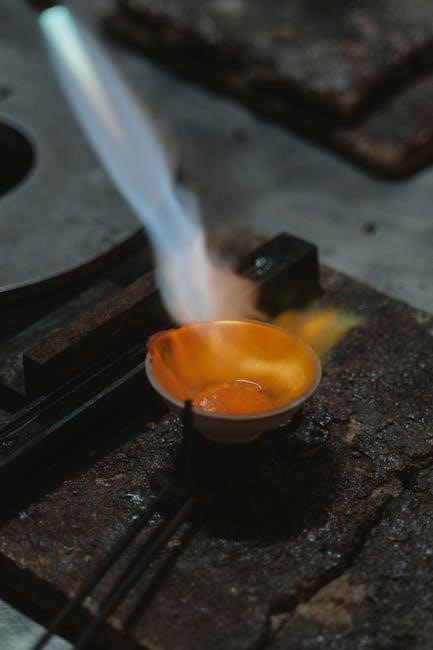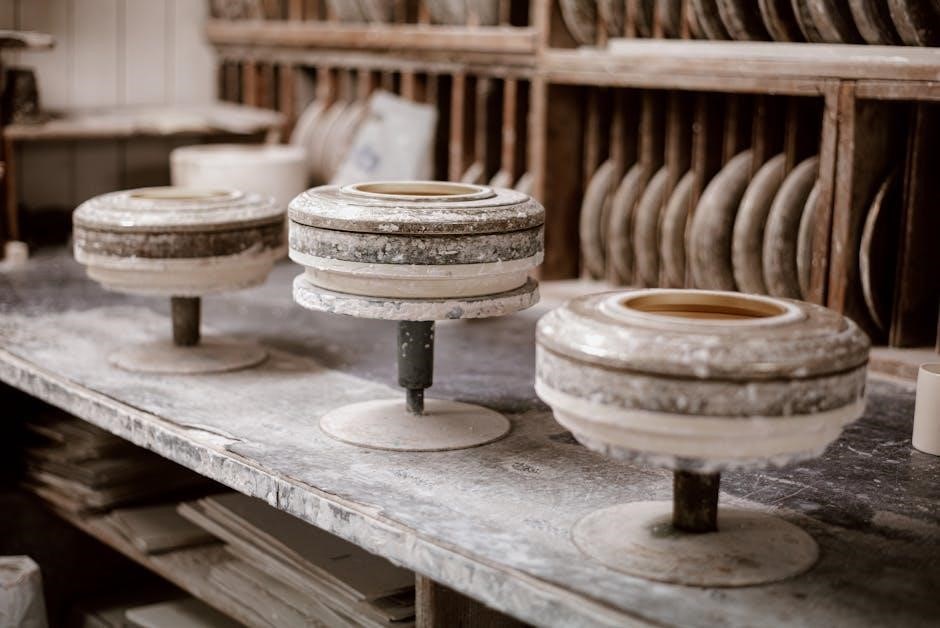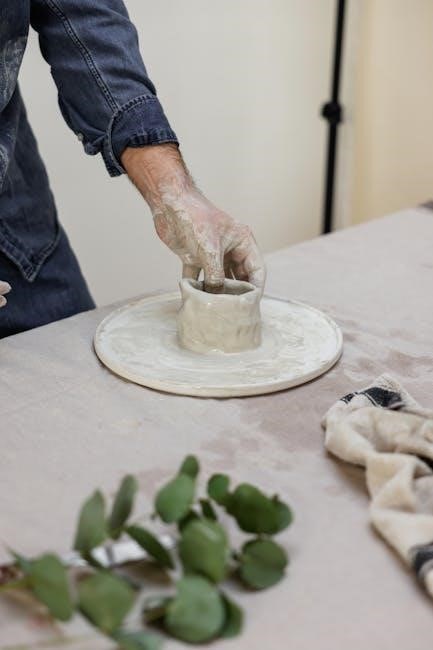Thermal Expansion Molding Process for Aircraft Composite Structures
Thermal Expansion Molding (TEMP) is a sophisticated technique designed for fabricating complex sandwich composites, offering cost-effective manufacturing of fiber-reinforced resin structures in aircraft applications.
Thermal Expansion Molding (TEMP) represents an innovative approach to manufacturing composite structures, particularly suited for aircraft components. TEMP aims to address the limitations of traditional methods like autoclave molding and vacuum-bag-only (VBO), which often involve high costs and inefficiencies in large-scale production. At its core, TEMP utilizes a thermally expandable resin film to apply uniform compaction pressure, enabling the creation of complex shapes and sandwich structures. This method is particularly advantageous for fiber-reinforced resin composites, offering improved mechanical properties and dimensional stability. The technique is gaining traction due to its potential for reducing manufacturing costs and enhancing production efficiency in the aerospace industry.

Advantages of TEMP over Traditional Methods
TEMP offers advantages like reduced costs and increased efficiency compared to autoclave molding and VBO, through its unique application of uniform compaction pressure for complex composites.
Cost Reduction in Manufacturing
Thermal Expansion Molding (TEMP) reduces manufacturing costs by minimizing material waste and streamlining processing steps, unlike traditional methods. The method uses a thermally expandable resin film to apply uniform compaction pressure, simplifying the process. This reduces the need for expensive tooling and complex equipment, making it an economically attractive alternative.
Furthermore, TEMP’s ability to create complex shapes in a single step reduces labor costs and production time. The decreased reliance on manual adjustments and rework contributes to significant cost savings in manufacturing aircraft composite structures. This efficiency makes TEMP a powerful tool for the industry.
Improved Efficiency in Large-Scale Production
Thermal Expansion Molding (TEMP) offers significant improvements in efficiency for large-scale production of aircraft composite structures. The process allows for the simultaneous molding of multiple components, reducing cycle times and increasing throughput. TEMP’s ability to handle complex geometries and varying material thicknesses enhances production flexibility.
The method’s consistency and repeatability minimize defects, streamlining quality control processes and reducing rework. Automation capabilities within TEMP further enhance efficiency by minimizing manual intervention and optimizing resource utilization. This makes TEMP ideal for high-volume manufacturing environments in the aerospace industry.

TEMP Process Details
The Thermal Expansion Molding (TEMP) process relies on a thermally expandable resin film, applying uniform compaction pressure to create complex composite structures with enhanced precision and efficiency.
Thermally Expandable Resin Film: The Core Component
At the heart of the Thermal Expansion Molding (TEMP) process lies a high-performance, thermally expandable resin film. This crucial component facilitates the creation of complex composite structures by applying uniform compaction pressure during the molding process. The film’s controlled expansion ensures precise shaping and consolidation of the composite layers, leading to improved structural integrity and performance. This innovative approach overcomes limitations of traditional methods, offering a cost-effective and efficient solution for manufacturing aircraft components with intricate geometries and demanding specifications. The resin’s properties are key to achieving the desired mechanical and thermal characteristics in the final composite product.
Application of Uniform Compaction Pressure
The Thermal Expansion Molding (TEMP) process distinguishes itself through the application of uniform compaction pressure across complex surfaces. This uniform pressure, achieved via the expanding resin film, is critical for ensuring consistent density and consolidation throughout the composite structure. Traditional methods often struggle to apply even pressure, leading to variations in material properties and potential structural weaknesses. TEMP overcomes this limitation, resulting in components with enhanced strength, reduced porosity, and improved overall performance. The ability to apply uniform pressure is particularly beneficial when manufacturing intricate shapes and sandwich structures commonly found in aircraft applications, leading to higher quality parts.

Materials Used in TEMP
TEMP utilizes both thermoset and thermoplastic materials, often reinforced with fibers, to enhance mechanical and thermal characteristics. These materials contribute to the creation of high-performance composite structures.
Fiber-Reinforced-Resin Composites
Fiber-reinforced-resin composites are pivotal in TEMP due to their exceptional strength-to-weight ratios, making them ideal for aircraft structures. These composites combine high-performance fibers like carbon or glass with resin matrices to achieve superior mechanical properties. The selection of fiber and resin is critical, influencing the final composite’s thermal expansion coefficient and overall performance. The arrangement of fibers, whether woven, unidirectional, or randomly oriented, further tailors the composite’s strength and stiffness. The ability to customize these composites makes them highly versatile for creating lightweight yet robust aircraft components, able to withstand demanding operational conditions and loads. This adaptability is key to the success of TEMP in aerospace applications.
Thermoplastics and Thermosets
Both thermoplastics and thermosets find application in TEMP for aircraft composite structures, each offering distinct advantages. Thermosets, like epoxy and phenolic resins, undergo irreversible curing, resulting in high strength and thermal stability, crucial for structural components. Thermoplastics, such as polyetheretherketone (PEEK), can be repeatedly softened and reshaped, offering better impact resistance and potential for recycling. Integrating these materials with reinforcing fibers enhances their mechanical and thermal properties, enabling the creation of complex shapes and durable parts. The choice between thermoplastics and thermosets depends on the specific performance requirements, manufacturing constraints, and life-cycle considerations of the aircraft component being produced using the TEMP process. Careful selection is vital for optimal results.

Applications in Aircraft Structures
TEMP is used in manufacturing complex sandwich composites and elbow joints in aircraft cabins. The process offers advantages in creating lightweight, high-strength components for diverse aircraft applications.
Manufacturing Complex Sandwich Composites
Thermal Expansion Molding (TEMP) is particularly effective for manufacturing complex sandwich composites, critical components in modern aircraft structures. This method ensures uniform compaction pressure across intricate geometries, leading to enhanced structural integrity; The use of thermally expandable resin films enables the creation of lightweight yet robust sandwich structures, improving aircraft performance. TEMP reduces thermal stresses in the foam core by using fiber with high coefficient of thermal expansion. This is especially advantageous for components requiring high strength-to-weight ratios. TEMP provides a low-cost manufacturing method for fabricating fiber-reinforced-resin composite structures to apply uniform compaction pressure over a complex surface.
Elbow Joints in Aircraft Cabin Area
Thermal Expansion Molding (TEMP) facilitates the efficient manufacturing of elbow joints in the aircraft cabin area, which are crucial for air distribution systems and structural support. TEMP’s ability to create complex shapes with consistent quality makes it ideal for these components. The method ensures precise dimensions and minimizes stress concentrations, enhancing the durability of the joints. Furthermore, TEMP supports the use of lightweight composite materials, reducing overall aircraft weight and improving fuel efficiency. By reducing thermal conduction TEMP can improve the resistance of sensitive structures. The second application is molding of elbow joints in the aircraft cabin area.

Challenges and Considerations
Implementing TEMP requires careful attention to CTE mismatch and thermal stress. Managing these factors is essential to prevent defects and ensure structural integrity in composite parts.
Coefficient of Thermal Expansion (CTE) Mismatch
A significant challenge in Thermal Expansion Molding (TEMP) lies in managing the varying coefficients of thermal expansion (CTE) between the composite materials and the tooling or resin film. Differences in CTE can induce internal stresses during the heating and cooling cycles, potentially leading to warpage, delamination, or cracking of the composite structure. Selecting materials with compatible CTE values and carefully controlling the thermal profile are crucial for mitigating these risks. Employing materials with high CTE, like glass fiber, may reduce thermal stresses in the foam core. Furthermore, tooling materials with a low CTE, such as Invar, can help minimize CTE mismatch issues. Precise CTE management is essential for achieving high-quality, dimensionally stable aircraft composite structures.
Thermal Stress Management
Effective thermal stress management is crucial within the Thermal Expansion Molding (TEMP) process to ensure the structural integrity of aircraft composite components. Uneven heating and cooling cycles can induce significant thermal stresses, leading to potential defects. Simulation tools, like COMSOL Multiphysics, are employed to predict and analyze stress distribution. Strategies such as optimizing the heating profile, using materials with tailored thermal properties, and incorporating stress-relieving features in the design are essential. Reducing thermal conduction in coatings and using fibers with high CTE, like glass fiber, can further mitigate stress. Careful consideration of thermal boundary conditions and material properties is paramount for successful TEMP applications, minimizing residual stresses and maximizing component performance.

Role of Simulation in TEMP
Simulation plays a vital role in TEMP, enabling prediction and analysis of thermal stress on composites. Programs like COMSOL Multiphysics are used to optimize process parameters.
Simulating Thermal Stress on Composites
Simulating thermal stress on composites is crucial within the TEMP process to anticipate material behavior and ensure structural integrity. Programs like COMSOL Multiphysics offer advanced capabilities for modeling the anisotropic thermal expansion properties inherent in composite materials. These simulations allow engineers to optimize the TEMP process, mitigating potential issues like CTE mismatch and thermal stress concentrations. By accurately predicting stress distribution, simulation aids in preventing defects and ensuring the final product meets stringent performance requirements. Boeing Research and Technology utilizes simulation to address challenges, such as aircraft lightning protection, showcasing its significance in aerospace applications.

Alternative Molding Techniques
Alternative molding techniques include methods like autoclave molding, vacuum-bag-only (VBO), and resin transfer molding (RTM). These are traditional processes for composite manufacturing.
Autoclave Molding
Autoclave molding is a traditional method used in composite manufacturing, especially for aircraft structures. It involves placing composite materials within a sealed vessel where controlled temperature and pressure are applied. This process ensures uniform consolidation and curing of the composite layers. The autoclave provides a stable environment, reducing voids and enhancing the material’s mechanical properties. However, autoclave molding can be costly due to high energy consumption and equipment investment. It’s also limited in size, which can restrict the production of very large aircraft components. Despite these drawbacks, autoclave molding remains a reliable method for high-quality composite parts.
Vacuum-Bag-Only (VBO)
Vacuum-Bag-Only (VBO) is a composite manufacturing technique that relies on atmospheric pressure to consolidate and cure composite materials. In the VBO process, a vacuum bag is placed over the composite layup, and air is extracted, creating a pressure differential. This pressure helps to compact the layers and remove entrapped air, leading to improved laminate quality. VBO is generally less expensive than autoclave molding, as it requires simpler equipment and lower energy consumption. However, it may not achieve the same level of consolidation and void reduction as autoclave molding, especially for complex geometries or thick laminates. VBO is suitable for smaller parts.
Resin Transfer Molding (RTM)
Resin Transfer Molding (RTM) is a closed-mold process where dry fiber reinforcements are placed into a mold cavity, and then resin is injected under pressure. This ensures complete wetting of the fibers. RTM offers advantages such as good surface finish, dimensional accuracy, and the ability to produce complex shapes. It is suitable for medium to high-volume production. However, RTM can be more expensive than open molding techniques due to the need for tooling. Variations of RTM include Vacuum-Assisted RTM (VARTM), which uses vacuum to assist resin flow, and Light RTM, which is suitable for larger parts.

Quality Control in Composite Manufacturing
Monitoring the curing process is key in aircraft composite manufacturing due to wide use of composite materials, ensuring structural integrity and performance of the final components.
Monitoring the Curing Process
In composite manufacturing for aircraft structures, particularly those utilizing TEMP, meticulously monitoring the curing process is paramount. The widespread adoption of composite materials in aviation necessitates stringent quality control. This involves tracking temperature, pressure, and resin flow to ensure proper consolidation and prevent defects. Real-time data acquisition and analysis are crucial for identifying deviations from the ideal curing profile. Effective monitoring enhances the mechanical properties and durability of the composite components. Non-destructive testing methods, such as ultrasonic inspection and thermography, are employed to assess the final product’s integrity. Continuous monitoring contributes to the overall safety and reliability of aircraft structures made with TEMP.

Future Trends in TEMP
Future trends in TEMP involve advancements in thermally expandable resins, promising enhanced control over expansion rates and improved compatibility with diverse composite materials for complex aircraft structures.
Advancements in Thermally Expandable Resins
Ongoing research focuses on developing thermally expandable resins with tailored properties, crucial for enhancing the Thermal Expansion Molding Process (TEMP) in aircraft composite manufacturing. These advancements aim to precisely control the coefficient of thermal expansion (CTE) to minimize thermal stress and CTE mismatch. Modified resins will offer improved adhesion and compatibility with diverse fiber reinforcements, ensuring structural integrity. Furthermore, these next-generation resins will provide enhanced performance at elevated temperatures. These advancements will enable the fabrication of more complex geometries, improving the efficiency and cost-effectiveness of producing high-performance aircraft components through TEMP. Future materials will provide optimized expansion behavior for creating improved composite parts.
